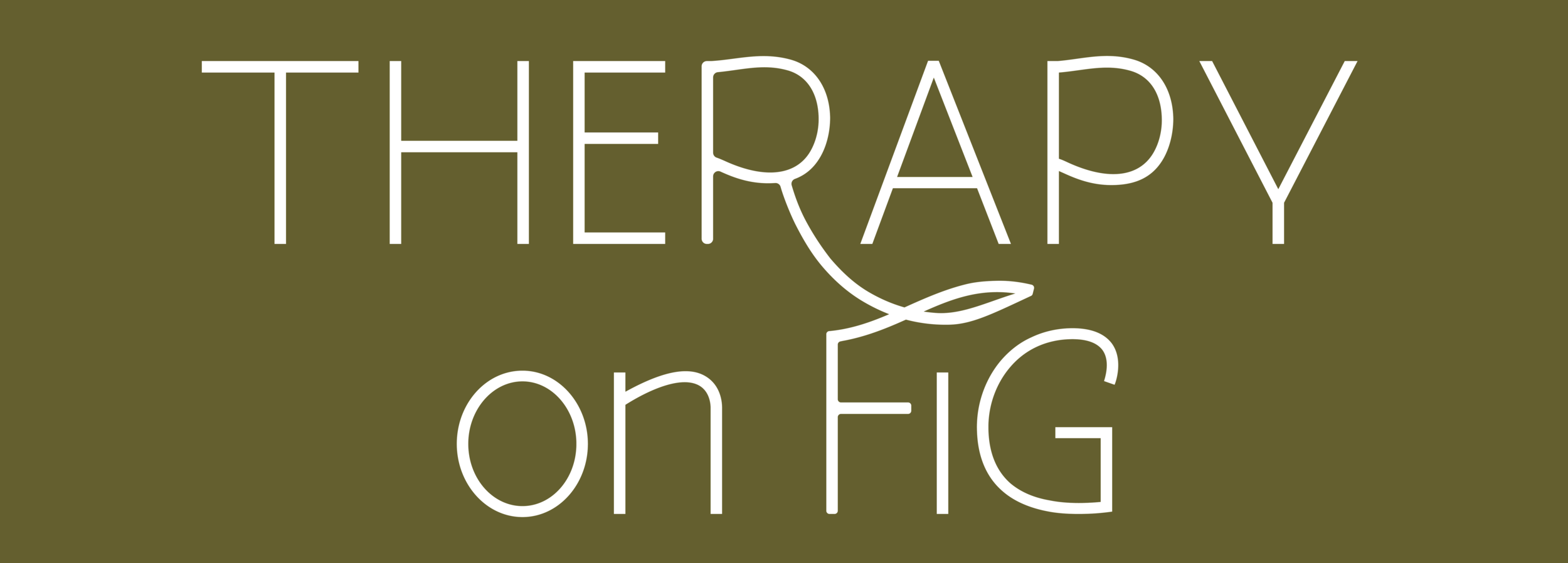Who is showing up to therapy?
There is a collective assumption that once we sign up for therapy and have built a certain level of trust with our therapist, we can drop all our defenses, be completely honest with ourselves (and our therapist), and reach our therapeutic goals. This can be true for some people, but the reality is a bit more muddy than we might like. One reason is that this assumption operates under the mono-mind model – the idea that we always have one fixed personality. This is contrasted against the multiplicity model of IFS, which posits that we have a whole cast of internal characters with different beliefs, personalities, fears, and drives.
Even though we may intend to show up completely authentically with our therapist (and we may wholeheartedly believe we are doing this), our protectors might be taking up more space than we realize. The part of us that seeks out therapy may not be the one that sits in the therapy room. The part of us who really needs to be heard may not be the one doing the talking. It's unrealistic to assume that our protective parts would suddenly relinquish control, even if we genuinely connect with our therapist.
Photo by Milada Vigerova on Unsplash
For example, let's say you seek therapy to work on your people-pleasing tendencies and set boundaries. The part that sought therapy might feel fed up with the people-pleasing part or feel empowered to seek help to shift this pattern finally. When you sit down with your therapist, however, you might find that you try to please them, say intelligent and self-aware things, swallow any negative feelings about your therapist, and complete all homework assignments with vigor. This is a completely understandable response, but if you are unaware of this, it can significantly impair your ability to make genuine progress.
Reflection Questions:
Photo by Tachina Lee on Unsplash
-How do I feel in my body when I sit down for my sessions compared to when I leave the room (or log off the virtual session)?
-Is there one dominant voice or perspective taking up the most space? Do I hear a cacophony of voices fighting to be heard?
-Are there any feelings that are present in my daily life that I hide or avoid discussing in therapy? What makes this so difficult for me to share?
-Is there a part of me that felt unheard/unseen in therapy?
-How do I feel towards the part of me that shows up in therapy?
It's very common to find terrified, ashamed parts underneath many of our protective parts (i.e., people-pleasing, rage, substance use, etc.). It makes sense that they would try to keep us away from these feelings, even in therapy. However, when we can identify who is showing up to therapy, we can be more adept at unblending from our parts and practicing compassionate awareness of them as they arise. This way, we do not unconsciously perpetuate and confirm the very beliefs we are seeking to shift.


